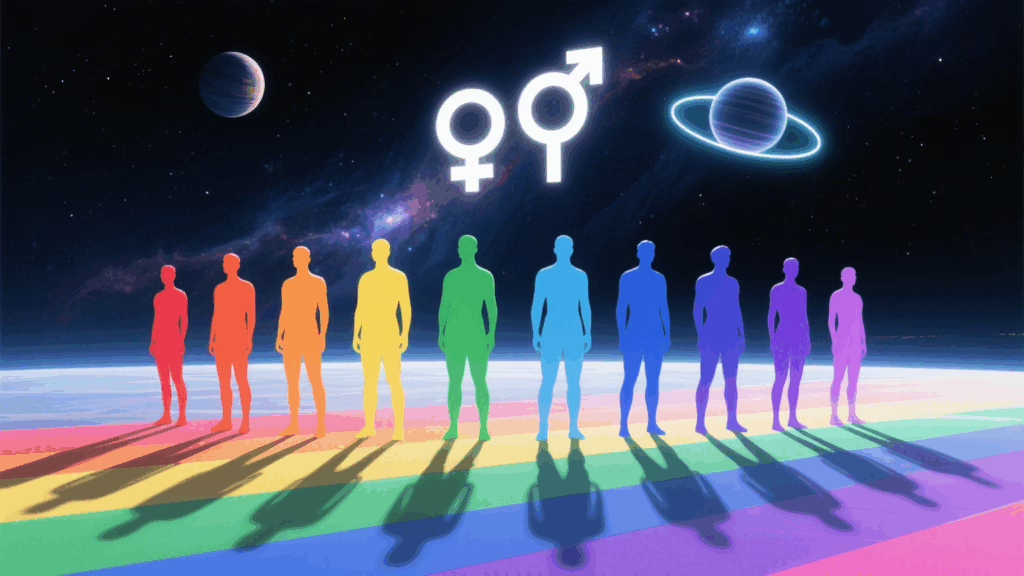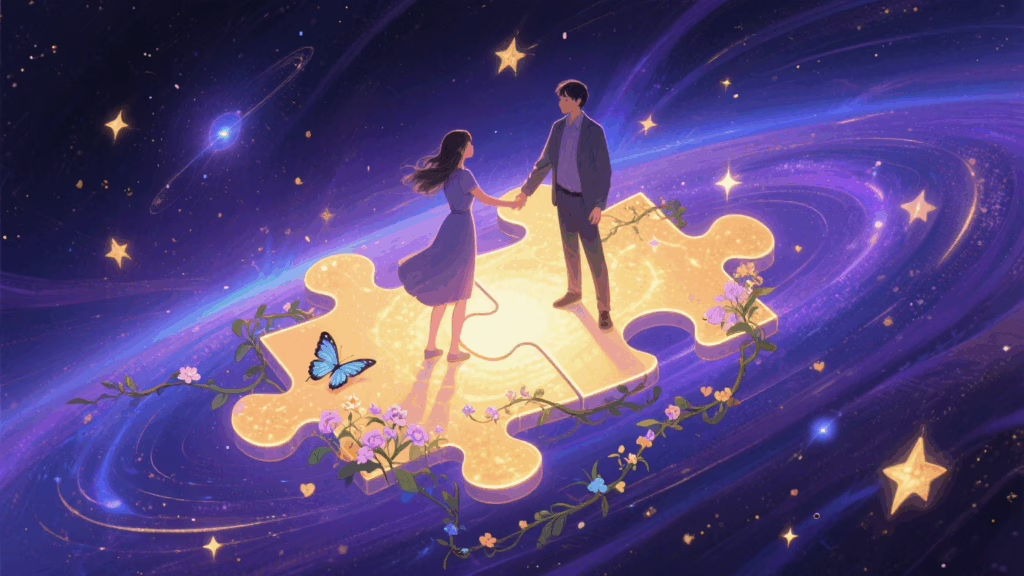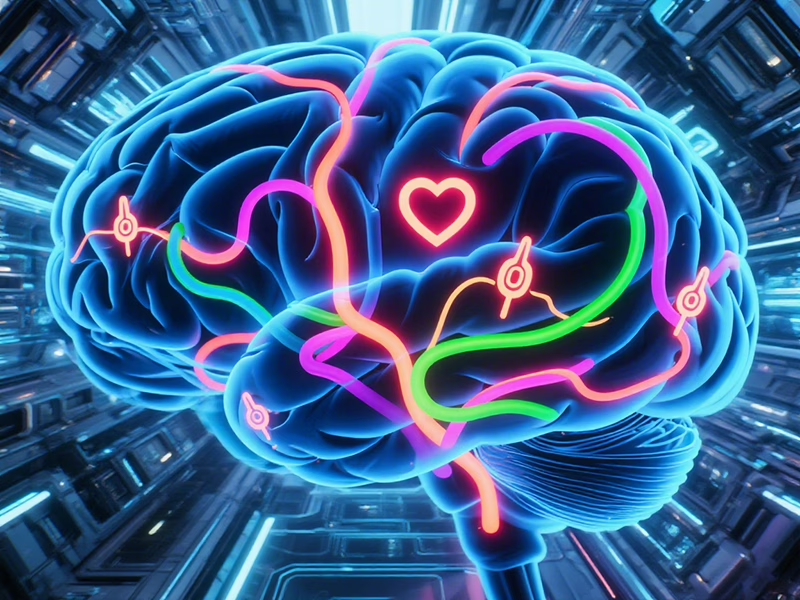
Have you ever wondered why falling in love feels so intoxicating? Why that first flutter of attraction can consume your thoughts, make you lose sleep, and leave you craving more time with that special someone? The answer lies deep within your brain, in the intricate dance of neurotransmitters that orchestrate one of humanity’s most profound experiences. At the center of this neurochemical symphony is dopamine, a powerful molecule that doesn’t just influence love—it fundamentally shapes how we experience passion, attachment, and romantic connection.
The Science Behind Love’s High
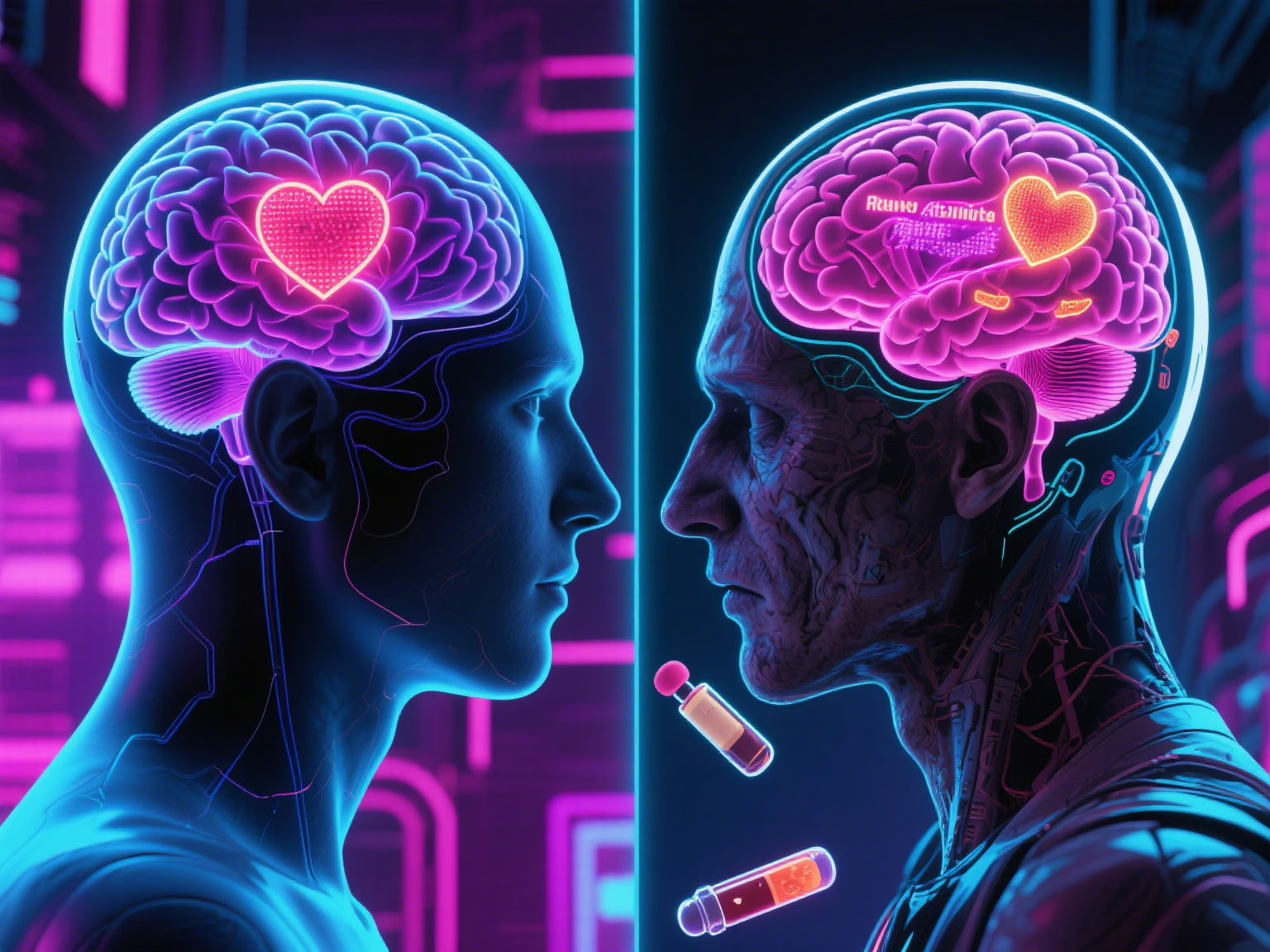
When we talk about the euphoria of new love, we’re not speaking metaphorically. The brain in love undergoes remarkable changes that mirror, in many ways, the patterns seen in addiction. This isn’t to diminish the beauty of love, but rather to understand the profound biological processes that make romantic connection such a powerful force in human life.
Dopamine, often called the “reward chemical,” plays a central role in this process. Unlike popular misconceptions that label it simply as a “happiness hormone,” dopamine is actually more accurately described as the neurotransmitter of motivation, anticipation, and seeking. It doesn’t create pleasure so much as it drives us toward potentially rewarding experiences—and few experiences are as potentially rewarding as romantic love.
How Dopamine Orchestrates Romance
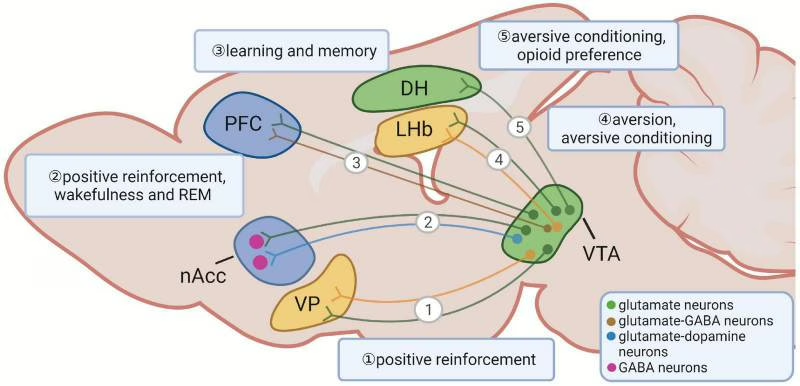
When you first lay eyes on someone who captures your interest, your brain’s reward system springs into action. The ventral tegmental area (VTA), a small but crucial brain region, begins releasing dopamine into the nucleus accumbens and other areas associated with reward and motivation. This dopamine surge creates that unmistakable feeling of excitement, focus, and desire that characterizes the early stages of romantic attraction.
What makes this process particularly powerful is dopamine’s relationship with unpredictability. The neurotransmitter system doesn’t just respond to rewards—it responds most strongly to unexpected rewards and the anticipation of potential rewards. This explains why the uncertainty of early romance can be so addictive. Will they text back? Do they feel the same way? Each unanswered question and each small sign of reciprocated interest triggers another dopamine release, reinforcing your desire to pursue this person.
The Addiction-Like Nature of New Love
The parallels between romantic love and addiction become even more striking when we examine the brain scans of people in the throes of new romance. Researchers using functional magnetic resonance imaging (fMRI) have found that the same brain regions that light up in cocaine users also show increased activity in people viewing photos of their beloved. The caudate nucleus, putamen, and ventral tegmental area—all key components of the brain’s reward system—show heightened activation in both scenarios.
This neurochemical similarity helps explain why love can feel so consuming. Like addictive substances, romantic attraction triggers the release of dopamine in patterns that create intense motivation to seek out the “drug”—in this case, time with your romantic interest. The obsessive thoughts, the inability to focus on anything else, the euphoric highs followed by anxious lows when separated—these are all hallmarks of both new love and addictive processes.
The Three Stages of Love and Dopamine’s Role
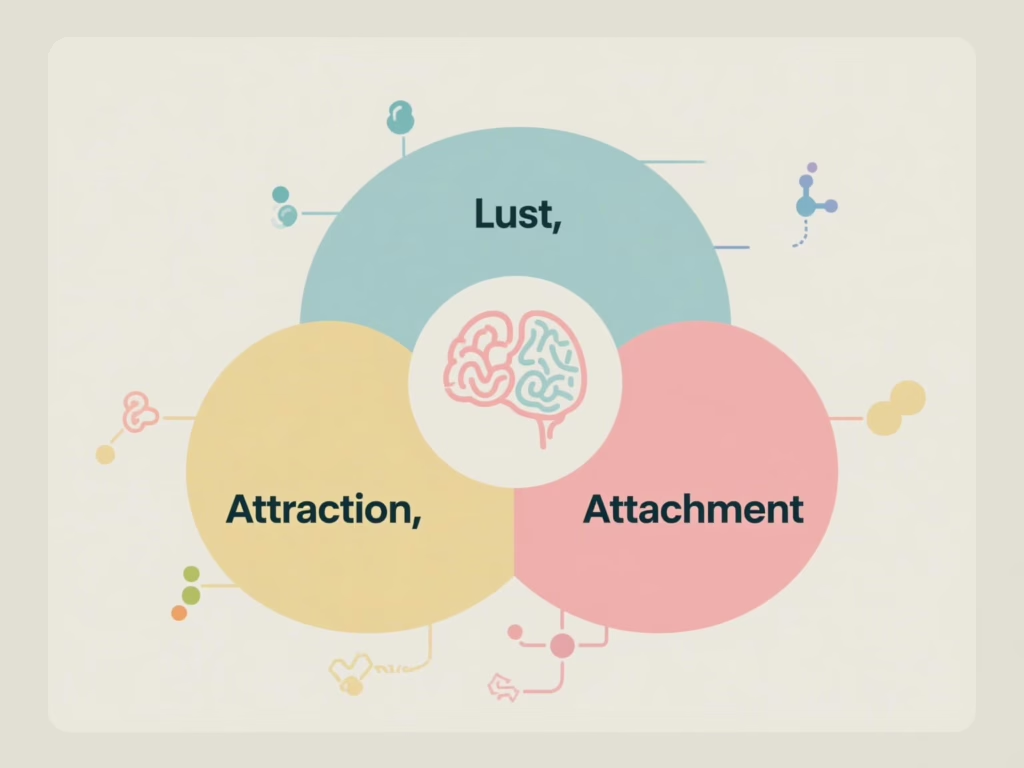
Anthropologist Helen Fisher has identified three distinct brain systems that govern human romantic behavior: lust, romantic attraction, and attachment. Dopamine plays different roles in each stage, creating a complex neurochemical journey from initial attraction to long-term bonding.
Lust, driven primarily by testosterone and estrogen, creates the initial sexual attraction that draws us to potential partners. While dopamine isn’t the primary driver here, it does contribute to the motivation to seek out sexual experiences and the pleasure derived from them.
Romantic attraction is where dopamine truly takes center stage. This is the phase characterized by intrusive thinking about the beloved, euphoria when together, and despair when apart. The dopamine system is in overdrive, creating the addictive quality of early romance. Brain imaging studies show that people in this stage have elevated activity in dopamine-rich regions, particularly when viewing photos of their romantic interest.
Attachment, the third stage, involves a shift toward different neurochemical systems, primarily oxytocin and vasopressin. However, dopamine continues to play a role, particularly in maintaining motivation to stay connected to one’s partner and in the pleasure derived from their company.
Why Love’s Addiction Serves an Evolutionary Purpose
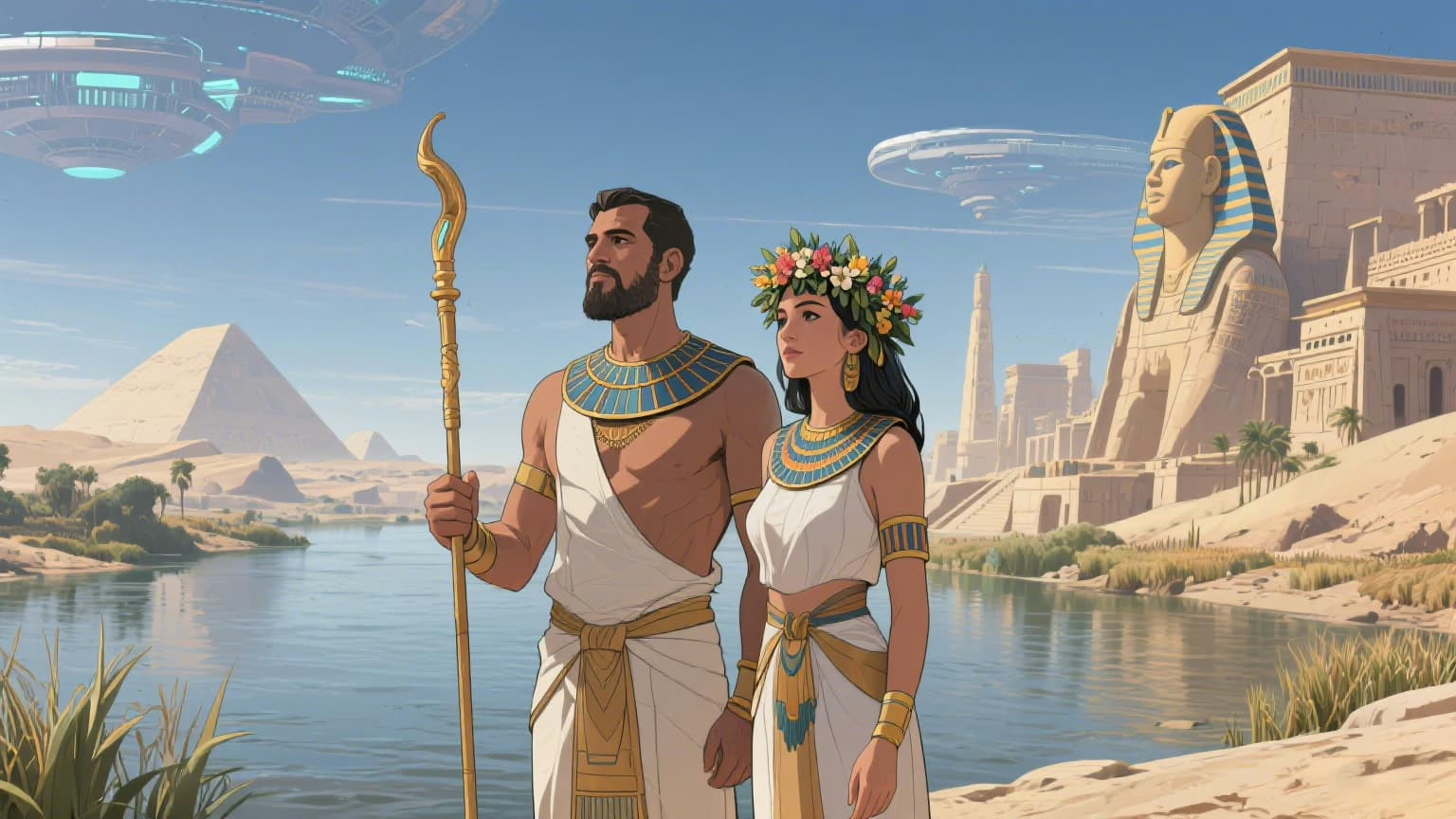
From an evolutionary perspective, the addictive nature of romantic love makes perfect sense. The intense focus and motivation created by dopamine helped our ancestors overcome significant obstacles to form pair bonds, reproduce, and raise offspring. The “drug-like” quality of love ensured that our predecessors would persist through challenges, invest significant time and energy in courtship, and maintain relationships long enough for successful reproduction.
The dopamine system’s emphasis on novelty and unpredictability also served important functions. It motivated our ancestors to continue seeking out new romantic opportunities when appropriate, while the intense focus it created helped them concentrate their efforts on promising partners. This balance between seeking novelty and focusing intensely on specific individuals helped maximize reproductive success in complex social environments.
The Dark Side of Dopamine and Love
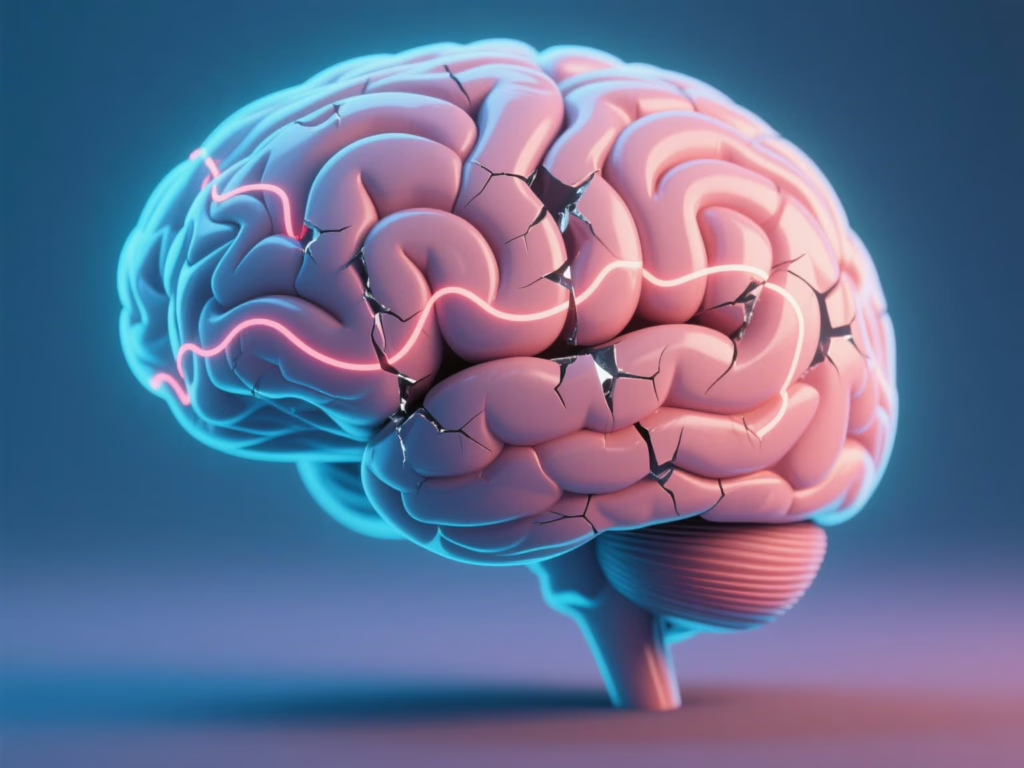
While dopamine’s role in love can create beautiful, life-affirming experiences, it can also lead to problematic patterns. The addictive quality of romantic attraction can manifest in unhealthy ways, including obsessive behavior, stalking, and difficulty accepting rejection. When someone becomes the sole source of dopamine reward in your brain, their absence can create genuine withdrawal-like symptoms, including depression, anxiety, and compulsive behavior.
This neurochemical dependence helps explain why breakups can be so devastating. The sudden absence of someone who has been triggering regular dopamine releases creates a neurochemical void that the brain struggles to fill. The result can be symptoms remarkably similar to drug withdrawal: obsessive thoughts about the person, desperate attempts to regain contact, and difficulty finding pleasure in previously enjoyable activities.
Dopamine, Technology, and Modern Romance
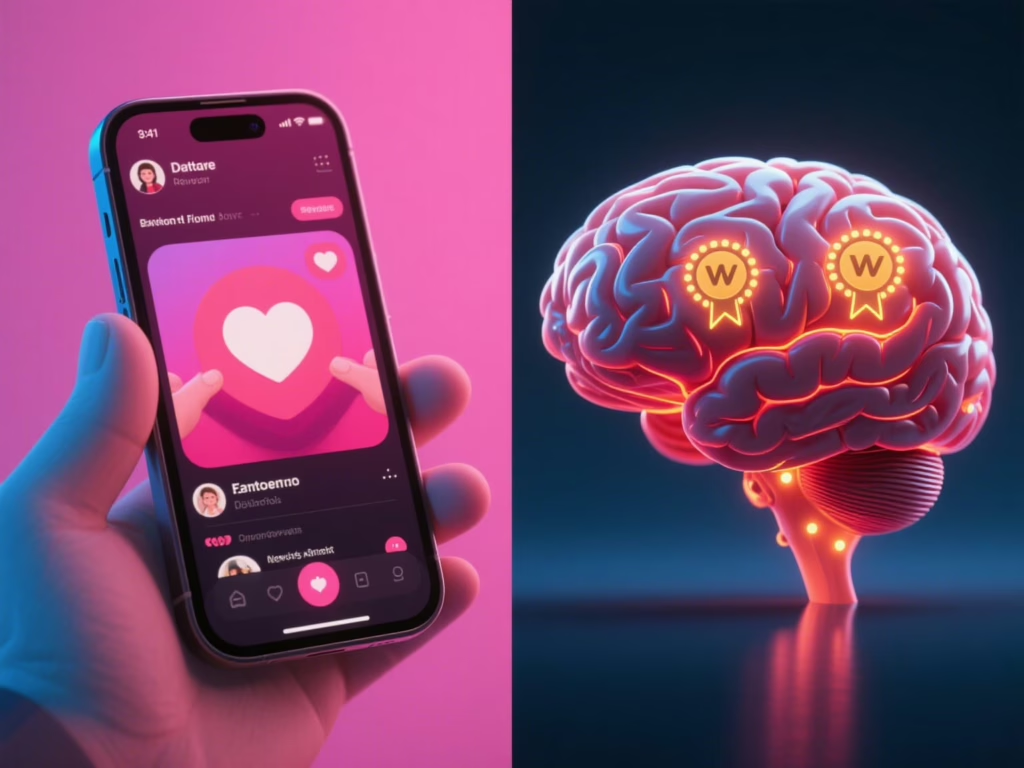
In our digital age, technology has fundamentally altered how dopamine and love interact. Dating apps, social media, and constant digital communication have created new patterns of intermittent reinforcement that can make modern romance even more addictive than historical courtship patterns.
The swipe-based nature of dating apps creates perfect conditions for dopamine release. Each swipe offers the possibility of a match, and each match provides a small reward that reinforces continued use. The unpredictable nature of who will appear and who will match back triggers the same neurochemical responses that make gambling addictive.
Social media adds another layer of complexity. The ability to constantly monitor a romantic interest’s online activity provides endless opportunities for dopamine-triggering interactions. A liked photo, a viewed story, or a comment can all trigger reward responses, while the absence of such interactions can create anxiety and compulsive checking behavior.
Maintaining Healthy Dopamine Patterns in Relationships
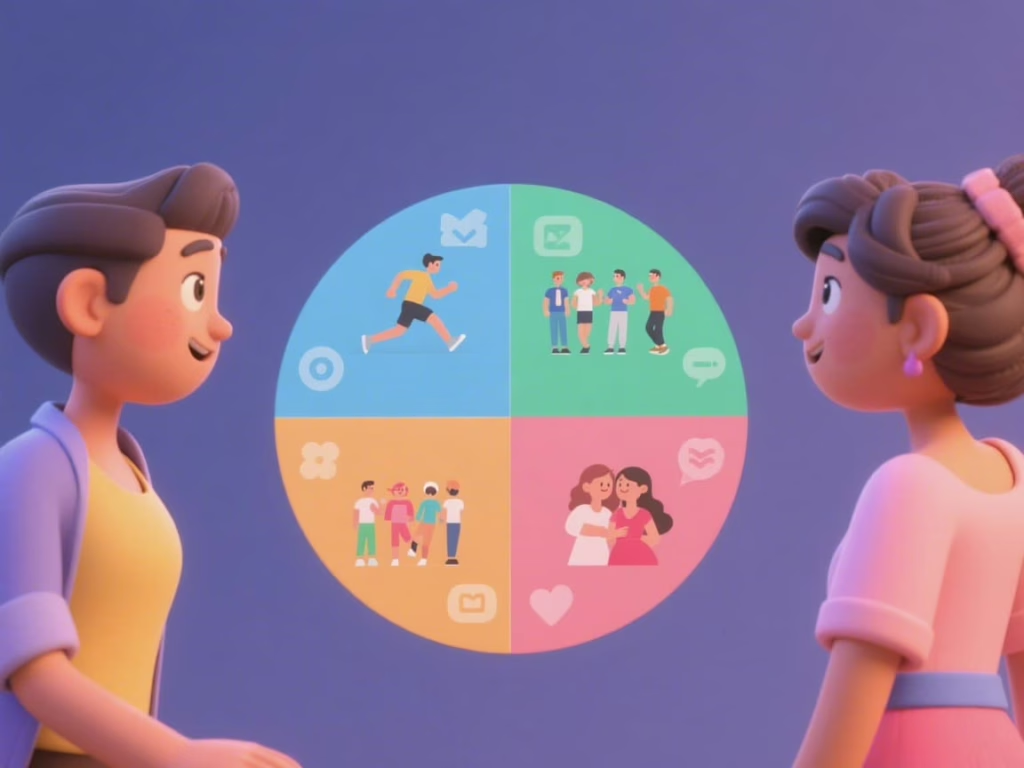
Understanding dopamine’s role in love can help us navigate romantic relationships more skillfully. Recognizing when we’re caught in addictive-like patterns of thinking and behavior allows us to step back and make more conscious choices about how we engage with romantic interests.
One key insight is the importance of maintaining other sources of dopamine and reward in your life. When romantic relationships become the sole trigger for your brain’s reward system, you become vulnerable to the emotional rollercoaster that characterizes addictive patterns. Cultivating diverse interests, maintaining friendships, pursuing personal goals, and engaging in rewarding activities independent of your romantic life helps create a more balanced neurochemical environment.
It’s also valuable to understand that the intense dopamine-driven phase of romantic attraction is temporary by design. As relationships mature, the neurochemical landscape shifts toward systems that support long-term bonding rather than intense attraction. This transition can feel like a loss of passion, but it’s actually a natural evolution that allows for deeper, more stable connection.
The Future of Understanding Love and Dopamine
As neuroscience continues to advance, our understanding of how dopamine shapes romantic experience will undoubtedly deepen. Researchers are exploring how individual differences in dopamine receptor density and function might influence romantic behavior, why some people seem more prone to romantic “addiction” than others, and how various factors like stress, diet, and lifestyle choices affect the dopamine systems involved in love.
This growing knowledge may eventually lead to more sophisticated approaches to treating problematic romantic patterns, supporting healthy relationship formation, and understanding the diverse ways that different people experience romantic attraction. However, it’s important to remember that reducing love to neurochemistry doesn’t diminish its significance—it simply helps us understand the biological foundations of one of life’s most meaningful experiences.
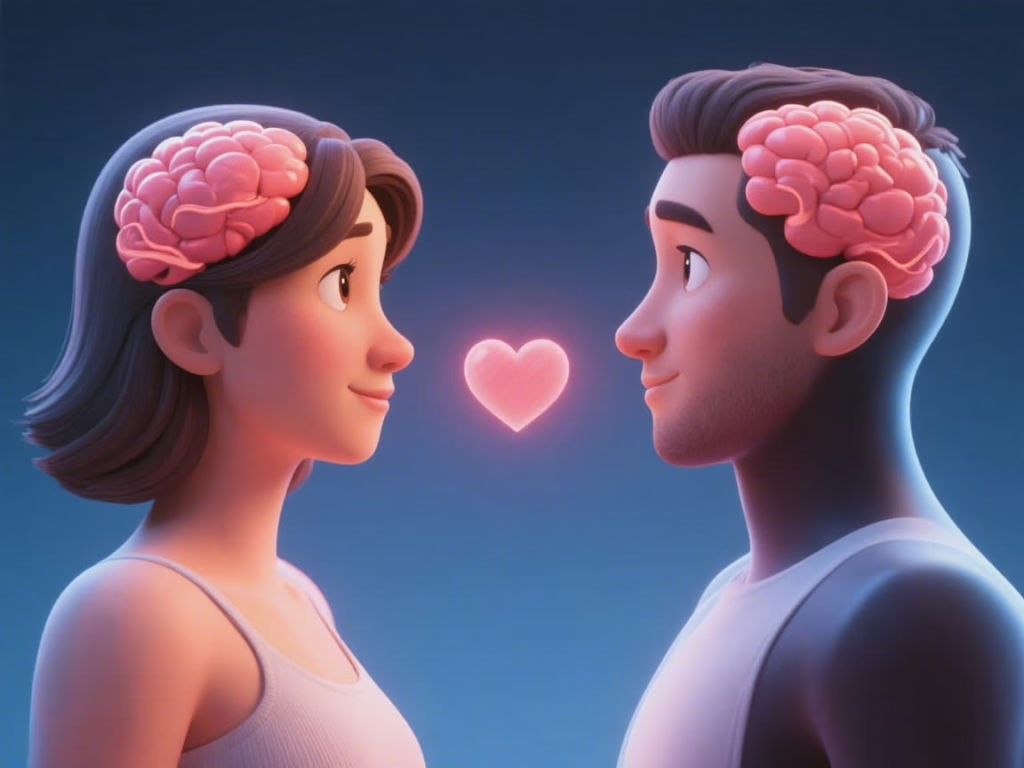
Conclusion: Embracing Love’s Beautiful Complexity
The relationship between dopamine and love reveals the remarkable sophistication of human emotional experience. What feels like pure magic—the flutter of attraction, the euphoria of requited love, the deep satisfaction of lasting partnership—emerges from intricate neurochemical processes refined over millions of years of evolution.
Understanding these processes doesn’t make love less romantic or meaningful. Instead, it offers us insight into why love feels so powerful, why it can be so difficult to control, and why it plays such a central role in human experience. By recognizing dopamine’s influence on our romantic lives, we can make more conscious choices about how we approach relationships, better understand our own patterns of attraction and attachment, and appreciate the beautiful complexity of falling in love.
The next time you feel that familiar rush of attraction or find yourself unable to stop thinking about someone special, remember that you’re experiencing one of nature’s most sophisticated reward systems in action. Your brain is literally being rewired by love, creating new neural pathways and strengthening existing ones in service of one of humanity’s most fundamental drives: the search for connection, intimacy, and shared experience with another human being.
In the end, perhaps the most remarkable thing about dopamine and love isn’t that they create addiction-like experiences, but that they create experiences so powerful and meaningful that they’ve shaped the entire course of human evolution and continue to drive us toward connection, growth, and the profound joy of being truly known by another person.

